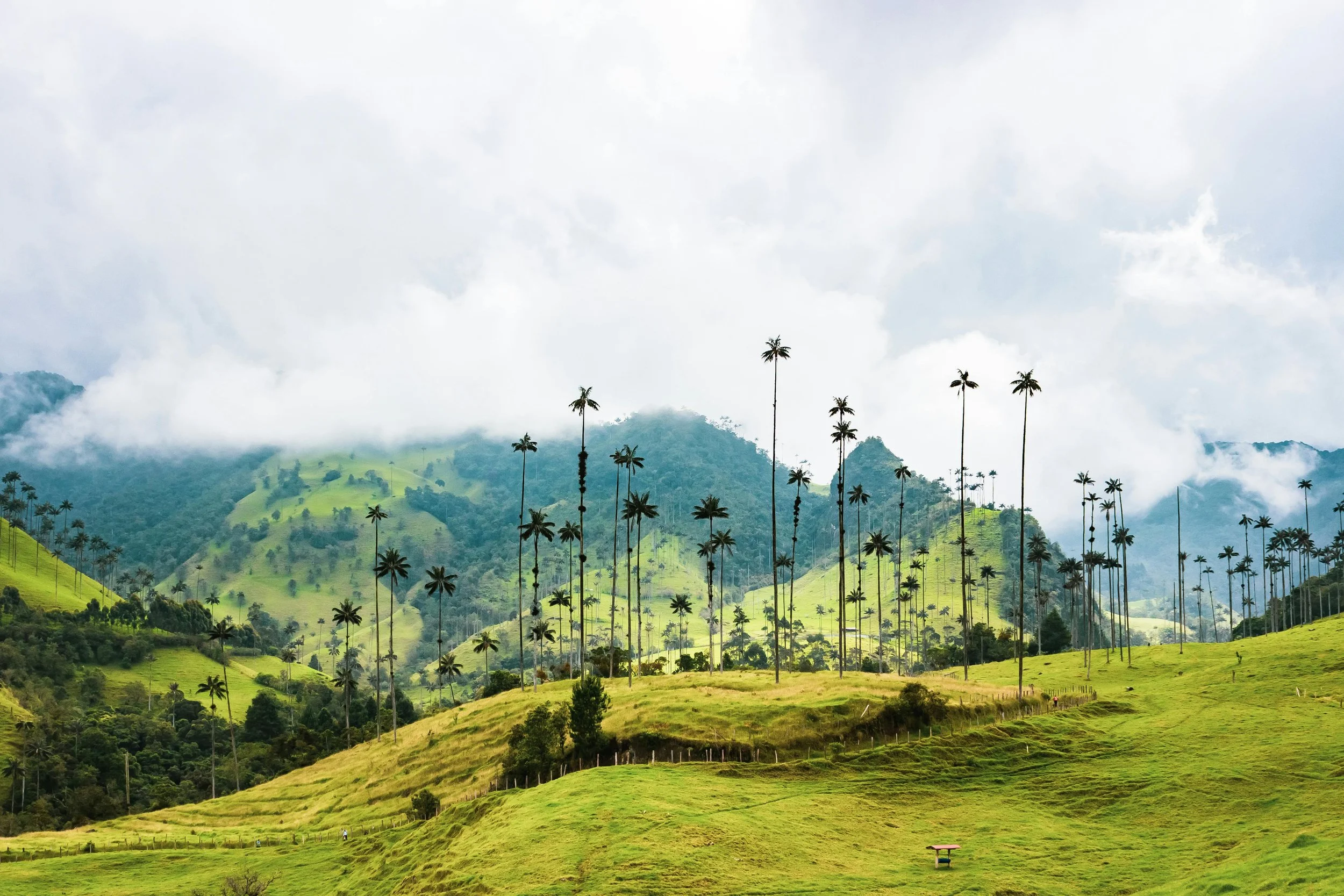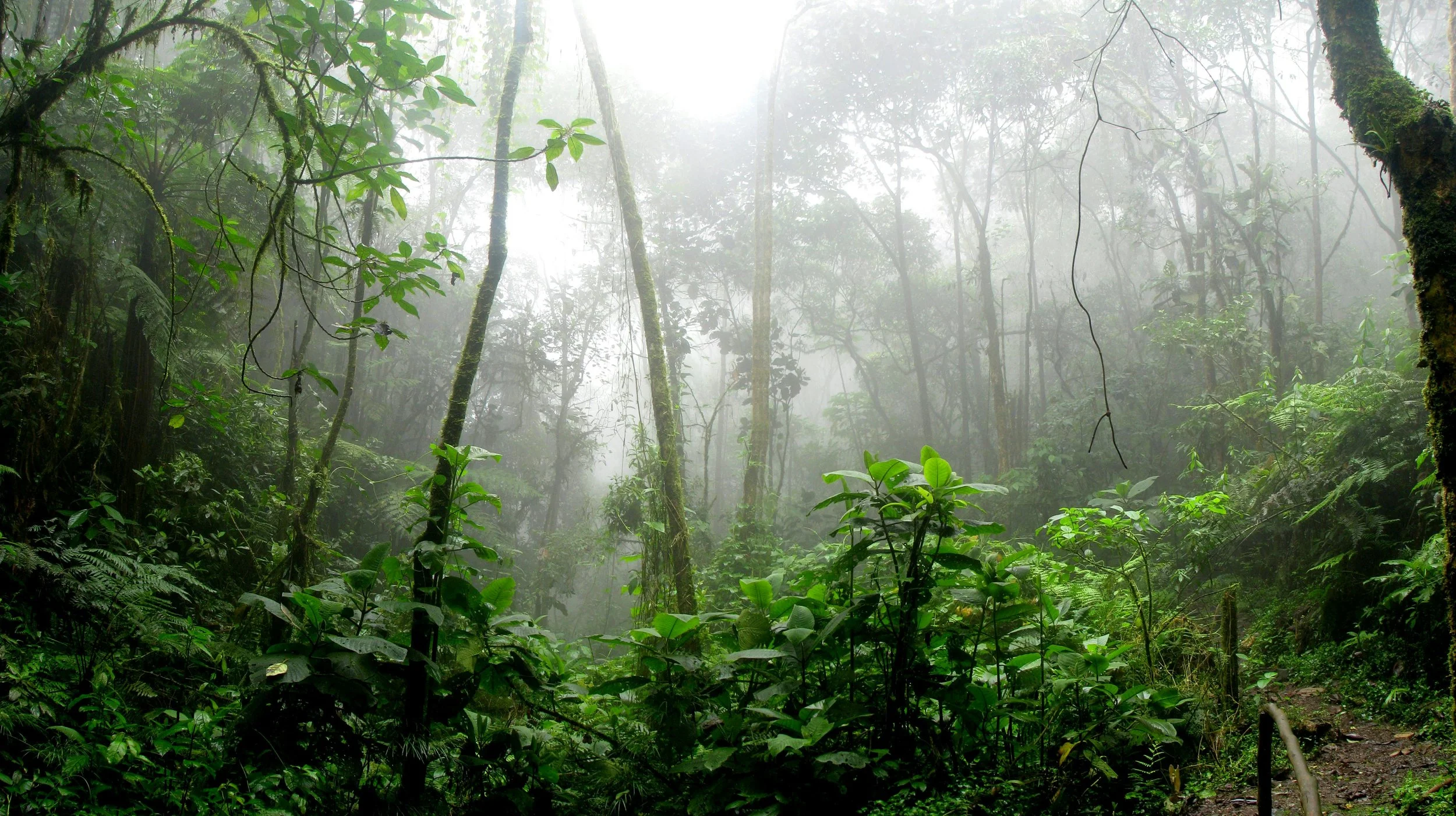Beyond the Map: How Geography Shapes the Future of Regenerative Travel
What if geography were not about places, but about relationships?
We were taught to see geography as lines on a map — mountains, rivers, borders, names.
But for those who travel with awareness, geography reveals something deeper: the invisible connections between land, life, and meaning.
In Colombia, where the Andes split into three veins and the Pacific meets the jungle, geography is not a background. It is the pulse of existence — the rhythm that defines how communities live, farm, move, and dream.
Regenerative travel begins here: by remembering that territory is not a destination. It’s a living relationship.
The Hidden Life of Place
A recent academic collaboration between Colombia, Mexico, and Spain — published by the Universidad Pedagógica y Tecnológica de Colombia (2022) in Tourism and Geography: Relations and Applications — proposes something revolutionary: geography should not only inform maps and routes, but the way we educate and practice tourism itself.
According to the study, the real task of a tourism professional is to understand how landscapes and societies co-create each other. A territory is not merely a resource to be managed; it’s a story constantly being rewritten through human and ecological interaction.
When travelers enter that story consciously, they stop being consumers of beauty and become participants in its continuity.
This is geography as consciousness — where knowing a place means listening to it.
From Observation to Participation
Modern tourism has long been obsessed with perspective: seeing, photographing, collecting, moving on.
But geography, when understood regeneratively, invites us to stay, to sense, to belong.
A map may tell you where a river flows. Geography tells you why.
It reveals how that river shapes identity, agriculture, spirituality — and how climate change now reshapes it in return.
In this context, regenerative tourism becomes a bridge between academic understanding and embodied practice. It’s the art of traveling as a geographer of empathy — tracing the interdependence of life systems with every step you take.
As the UPTC researchers suggest, geography’s true purpose in tourism is not to locate us, but to awaken us.
Learning from the Land
In Colombia’s Coffee Cultural Landscape, for example, the steep slopes teach visitors the physics of resilience. Farmers plant against gravity, holding the soil with roots and hope.
On the Pacific coast, Afro-Colombian and Indigenous communities map their world through oral memory — the river is a road, the mangrove a sanctuary, the tide a clock.
To travel here is to enter a geography written not in coordinates but in relationships.
Every traveler becomes a student, every host a cartographer of life. The path of regeneration is not found on GPS — it is traced in how we listen, learn, and give back.
This is the geography Nuna Sinsi walks with: a living science, a sacred art.
The Future of Travel is Topographic
In an age of artificial intelligence and hypermobility, maps are everywhere — but orientation is rare.
We know where we are going, but not why.
Regenerative travel calls for a return to the topographic — to the physical and emotional contours that shape belonging. Geography, reimagined, can help us navigate more than territory; it can help us navigate meaning.
When tourism embraces this consciousness, destinations stop being points on a map and become ecosystems of wisdom. Each journey becomes an act of re-alignment — with Earth, with time, with life itself.
Geography is not the study of the world. It’s the art of remembering that we are part of it.
References:
Álvarez Meneses, T. & Herrera López, B. (Coords). (2022). Turismo y Geografía. Relaciones y Aplicaciones.Universidad Pedagógica y Tecnológica de Colombia.
UNWTO. (2023). Tourism Education for a Regenerative Future.
IPCC. (2023). Sixth Assessment Report: Impacts, Adaptation and Vulnerability.
Escobar, A. (2020). Designs for the Pluriverse: Radical Interdependence, Autonomy, and the Making of Worlds.



